Products
Air Conditioning
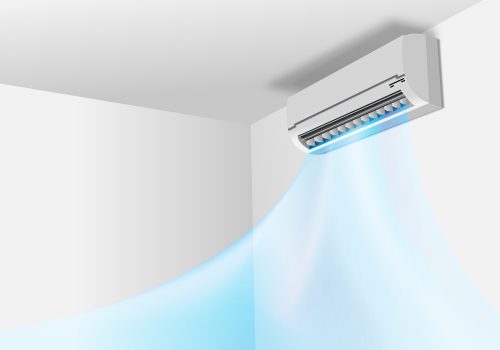
Split ACs
A split air conditioner consists of two main parts – a compressor located outside and an inside air outlet unit. Unlike a system that requires a series of ductwork networked throughout the ceiling, split air conditioners rely on a set of pipes to connect the outdoor to the inside air unit which is why there are referred to as a ductless mini-split air conditioner installation. Refrigerant is dispersed through the copper pipes that cycle through the system to generate either heated or cold air.Energy wise, a split system with the highest ENERGY STAR rating not only allows your system to be more energy efficient, it also helps to keep the environment clean and lower your monthly power bill by using less energy.
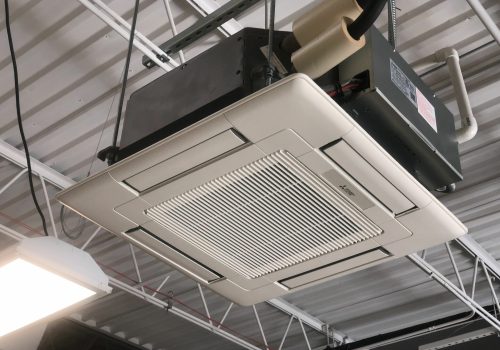
Cassette ACs (4 Way/ 2 Way/ 1 Way)
Cassette units work the same way as wall-hung split system units, with the difference being that cassettes are installed into the ceiling instead of on the wall. The indoor unit itself sits flush to your ceiling and distributes conditioned air through two, three or four sides of the unit. The outdoor unit of a cassette air conditioner is mounted outside, in much the same way as it would be for a conventional wall mounted split system unit.
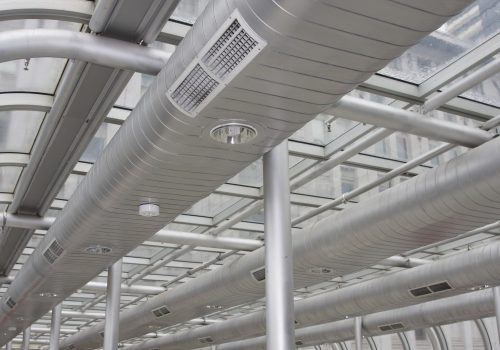
Ductable units (Low/Mid/High Static)
Cassette units work the same way as wall-hung split system units, with the difference being that cassettes are installed into the ceiling instead of on the wall. The indoor unit itself sits flush to your ceiling and distributes conditioned air through two, three or four sides of the unit. The outdoor unit of a cassette air conditioner is mounted outside, in much the same way as it would be for a conventional wall mounted split system unit.
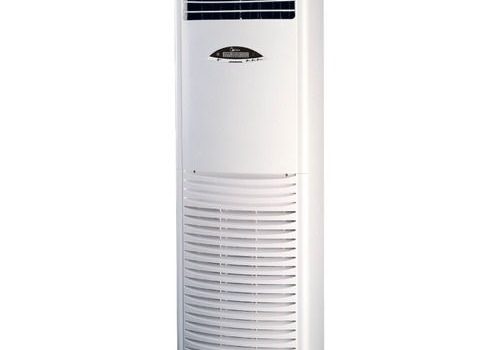
Tower ACs
These ACs can be considered akin to trolley coolers, but different in build. The tower ACs are portable and comprise two units- internal and external. While the indoor unit can be placed at any corner of the room, the outdoor unit is installed outside the house to throw out the warm air. Although these ACs are highly efficient when it comes to cooling the rooms, they tend to occupy floor space and hence are not ideal if you have a space crunch.
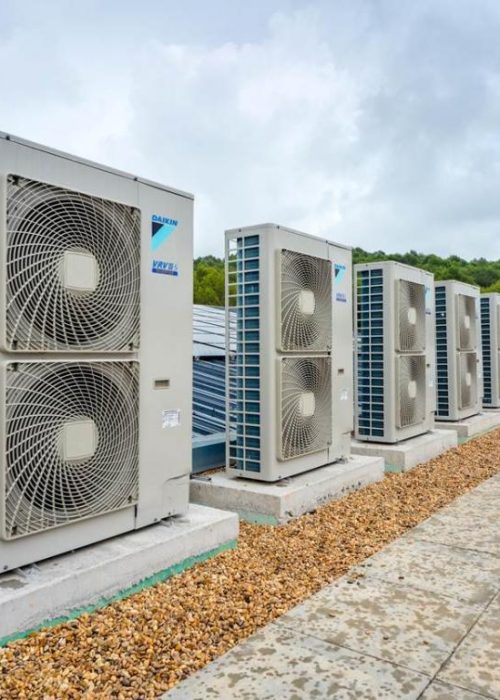
VRF & VRV
VRV & VRF system is a multi-split type air conditioner that uses variable refrigerant flow control to provide customers with the ability to maintain individual zone control in each room and floor of a building. This technology circulates only the minimum amount of refrigerant needed at any one time and enables individual climate control of air conditioning zones. VRF systems may be air or water cooled. If air cooled, VRF condensing units are exposed to outside air and may be outdoors, and condensing units are the size of large refrigerators, since they need to contain a large condenser (heat exchanger) to transfer heat to the surrounding air, because air doesn’t have a high heat capacity. If water cooled, the condensing units are placed indoors and are much smaller and cooled, using water, possibly by a cooling tower.
Advantages:
- Energy Saving Operation
- High Reliability
- Adaptable Design
- Individual Control
- Flexible Layout
- Automatic refrigerant charge function

Ventilations Systems
- Exhaust, Supple, Balance and Heat recovery
- Variable Frequency Drive systems with logic boxes
- Kitchen ventilations with hoods

Air Purifiers
An Air Purifier is a device which removes contaminants from the air in a room to improve indoor air quality. These devices are commonly marketed as being beneficial to allergy sufferers and asthmatics, and at reducing or eliminating second-hand tobacco smoke.
The best performing air purifiers feature more than one filter technology, and using HEPA style filtration is the key to optimal results. Filtration performance is not ideal without the use of HEPA air purifiers, and symptoms of particle pollution, like allergies and asthma, are not reduced.
